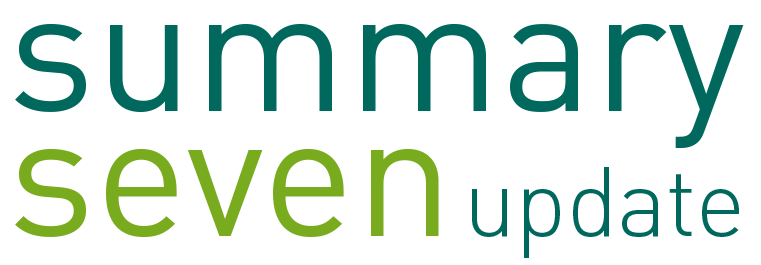The scientific institute of the AOK, WIdO for short, has determined the ratio of sick leave of AOK members to the number of employees in the care of the elderly, health care and sick leave in relation to all AOK-insured persons. According to this, after looking at the results of the analysis, it was found that these occupational groups are 2.7 times more likely to be affected by COVID-19 related illnesses. In the same period from March to May 2020, 1,283 persons in the care of the elderly were absent, while the number of cases of illness among other AOK members in various other professions was only 474. Healthcare and nursing staff also had similarly high absences in 1,237 cases of illness. According to the study, hospital treatments were also significantly higher, with 157 treatments for geriatric nurses, as opposed to 91, always calculated per 100,000 employees. Also, out of a total of 11.6 million insured employees of the AOK, 55,000 employees received a diagnosis related to the SARS-CoV-2 virus. Women were affected more severely than men, with 0.6 per cent, so that it can be stated that 500 out of 100,000 employees received a diagnosis in connection with COVID-19. Younger employees were also more affected than older ones. The group with the fewest sick leaves is that of 30 to 39-year-olds (average 0.4 percent). In conclusion, the analysis shows that the frequency of sickness notifications depends on the occupational groups, because in agriculture, for example, the risk of sickness-related absence days is much lower, with 121 affected persons per 100,000 employees. Occupational groups in the home office and those who work in nature, therefore, have advantages due to sickness. From 9 March up to and including 31 May 2020, sick leave by telephone was also in force on the basis of a special regulation that allowed doctors to give sick leave if there was a suspicion of such a viral disease. This showed that doctors and employees dealt with illnesses in a responsible manner, as there were fewer sick leaves for respiratory diseases than in previous years.
